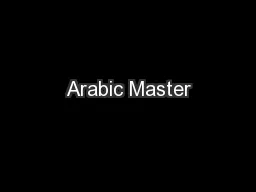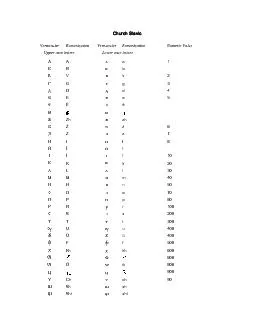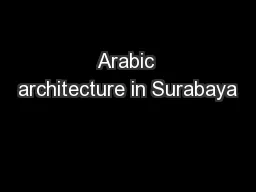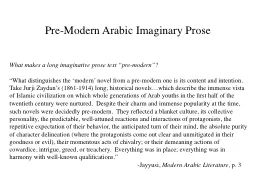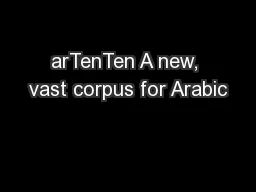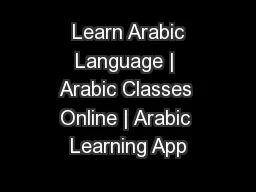PPT-Path to Discovery! Romanization & Scripts for Non-Latin/Arabic Materials
Author : provingintel | Published Date : 2020-10-06
Challenges amp Potential Iman Dagher UCLA PCC Participants Meeting January 26 2020 ALA Midwinter Conference Philadelphia PA NonLatin Scripts in Libraries Data
Presentation Embed Code
Download Presentation
Download Presentation The PPT/PDF document "Path to Discovery! Romanization & Sc..." is the property of its rightful owner. Permission is granted to download and print the materials on this website for personal, non-commercial use only, and to display it on your personal computer provided you do not modify the materials and that you retain all copyright notices contained in the materials. By downloading content from our website, you accept the terms of this agreement.
Path to Discovery! Romanization & Scripts for Non-Latin/Arabic Materials: Transcript
Download Rules Of Document
"Path to Discovery! Romanization & Scripts for Non-Latin/Arabic Materials"The content belongs to its owner. You may download and print it for personal use, without modification, and keep all copyright notices. By downloading, you agree to these terms.
Related Documents



